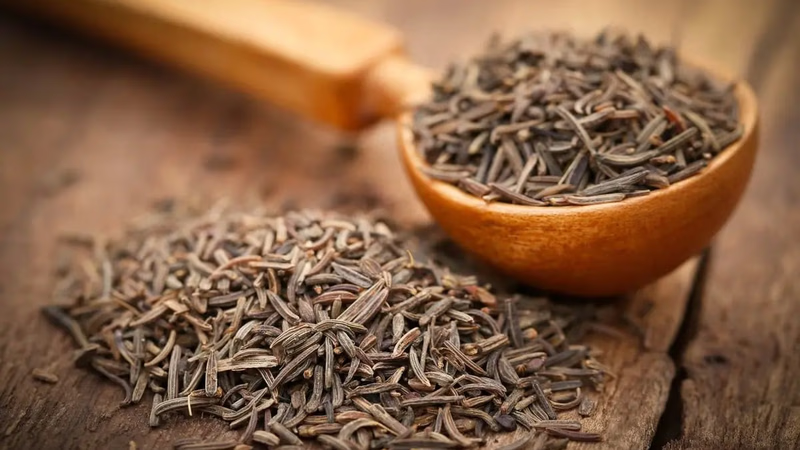
Cumin spice: A key player in Middle East trade dynamics.
Cumin trade in the global spice market is one of the important parts of the global trade industry. Cumin has been known as a valuable spice since ancient times, and the global cumin market continues to grow and develop. The main producers of this spice in the world are: India, Nigeria, Bangladesh, China and Thailand. These countries have the ability to produce high-quality and significant amounts of cumin due to the weather conditions and suitable soil. India is one of the largest cumin exporting countries in the world and supplies the largest volume of cumin exports. Other producing countries also play an important role in the export of cumin. Among the countries that import cumin, we can mention the United States, Germany, Canada and the countries of the Middle East . The cumin industry is competitive in the global market and companies adopt various marketing strategies to attract customers and create a competitive difference. These strategies include advertising, developing new markets, improving quality and packaging, providing differentiated services, and enhancing brand status.
Technology and industrial innovations can have a significant impact on cumin trade in the global market. such as improved production methods, more optimized extraction and packaging processes, and advanced cultivation techniques. For a more detailed review and to obtain more recent information about cumin trade in the global spice market, you can refer to relevant specialized sources, from statistics and information from relevant international organizations such as the World Trade Organization (WTO), the World Health Organization (WHO) and the United Nations. (UN) use.
Cumin is used as a popular spice in the food industry. It adds a premium flavor and aroma to foods and is used as a multi-purpose spice in the preparation of sauces, preserves, jams, breads and other food products. Cumin has many medicinal properties and is used in the preparation of some medicines and food supplements. For example, cumin extract may be effective in relieving inflammation, boosting the immune system, reducing anxiety, and improving gastrointestinal function. Cumin is used in the preparation of cosmetic products such as perfume, cologne, soap, cream and lotion. This spice gives cosmetic products functions such as anti-inflammatory, antiseptic and skin strengthening.
Cumin, as a part of aromatic compounds, improves perfumes and clones and gives them a fresh, bitter and pleasant aroma. Cumin is in strong demand by consumers worldwide due to its flavoring and aromatic properties. People use cumin in home cooking and preparing traditional dishes and enjoy its taste and smell. The main cumin producers such as India, Nigeria and Bangladesh have the ability to supply significant quantities and high quality of cumin. This makes businessmen turn to these countries .
Cumin is one of the most important and widely used spices in cooking and is used in many cultures and local cuisines. This spice belongs to the ginger family (Zingiberaceae) and is obtained from the rhizome (storable root) of the cumin plant (Zingiber officinale). Cumin is available dried and in the form of small spikes with a yellow to brown color. Cumin is added to foods as an aromatic and flavoring spice and is known as a natural product with anti-inflammatory and antiseptic properties. Cumin is added to foods as an aromatic and flavoring spice. This spice is usually used to add spicy and bitter taste to foods. The bitter taste of cumin can contribute to the balance and depth of flavor in foods.
Cumin is known as a natural stimulant of the digestive system and can be useful in improving food digestion and reducing the possibility of gastric complications. Cumin has anti-inflammatory and antibacterial properties and can help improve the condition of the body's immune system. Also, due to its antimicrobial properties, it may be helpful in preventing common infections such as colds and sinusitis. Cumin is used as a versatile spice in cooking. Since it has a strong taste and aroma, it can be used in the preparation of dishes such as sauces, stews, chicken and fish dishes, soft drinks and teas. Cumin is used as a multipurpose spice in cooking and food industry. Also, it has other uses such as preparing spirits, medicines, perfumery and cosmetic applications. The main target markets of cumin are: food industry, pharmaceutical industry, cosmetic industry, and perfumery industry.
Factors such as weather conditions, diseases and pests, trade laws and regulations, exchange rates, price changes, global demand and supply, and changes in cumin consumption in target markets affect cumin trade in the global market. Cumin prices are usually affected by various factors such as production, supply and demand, weather conditions, and changes in trade laws and regulations. Also, the season of cumin harvest can also affect its price. The price of cumin usually changes periodically in the global market, and comprehensive information on current prices and pricing trends can be obtained from cumin trading companies and brokerage centers.
-

Cumin trade plays a significant role in the global spice market, with major producers including India, Nigeria, Bangladesh, China, and Thailand. India stands out as the largest exporter, while the United States, Germany, Canada, and Middle Eastern countries are key importers. The competitive landscape of cumin trade involves various marketing strategies such as advertising and quality improvement. Technological advancements in production and packaging are also influencing market dynamics. Cumin is not only valued for its culinary uses but also for its medicinal properties, making it popular in food and cosmetic industries. Its demand is driven by its flavoring capabilities and health benefits. Factors affecting cumin trade include weather conditions, pest issues, trade regulations, and global supply-demand fluctuations. Prices are subject to change based on these variables and seasonal harvests. For detailed insights into current trends and statistics in cumin trade, specialized sources like the WTO or WHO can be consulted.
-
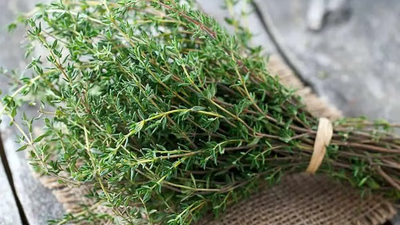
Thyme is a versatile spice with significant export potential, widely used in cooking and health products. Its antibacterial properties enhance food safety, making it valuable in the food industry. Exporting thyme requires understanding local and international regulations, identifying target markets, and establishing relationships with buyers. Key producing countries include Türkiye, China, India, and Iran, while major consumer markets are in America, Germany, France, and India. Successful thyme export involves proper product preparation, packaging for international shipping, and compliance with phytosanitary regulations. Engaging legal and financial advisors can facilitate navigating the complexities of international trade.
-
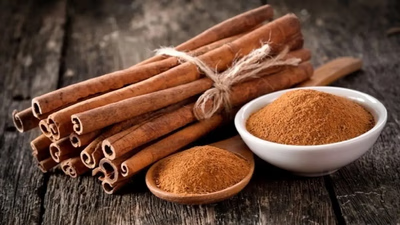
Cinnamon, a globally popular spice, is derived from the inner bark of cinnamon trees and is extensively used in various culinary applications. Major producers include Sri Lanka, China, Vietnam, Indonesia, and Madagascar, with global production estimated at 30-35 thousand tons annually. Key exporters are Indonesia, China, Vietnam, and Sri Lanka, primarily shipping to Europe (Netherlands, Germany, UK), North America (USA), and the Middle East (Saudi Arabia, UAE). Market dynamics such as quality standards, pricing, demand variations, and health regulations significantly influence cinnamon trade. Compliance with international trade laws—including customs tariffs and sanitary regulations—is crucial for successful export operations. Quality assurance standards like ISO 9001 and HACCP are essential for meeting market requirements. Additionally, sustainable practices in resource management are increasingly important in the cinnamon industry. The spice is valued not only for its flavor but also for its medicinal properties; it has antiseptic qualities and contains anti-inflammatory compounds beneficial for health.
Entering the cinnamon market requires thorough research on suppliers and target markets to establish reliable business relationships. Businesses must decide between wholesale or retail operations while ensuring high-quality products with appealing packaging. Effective marketing strategies through online platforms and trade events can enhance visibility in a competitive landscape. Continuous monitoring of market performance is vital for adapting to consumer preferences and competition.
-
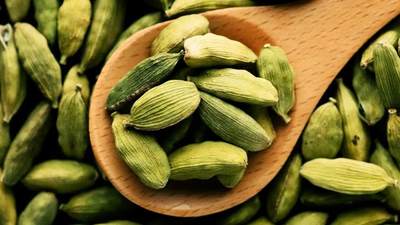
Cardamom, a highly valued spice from the ginger family, is primarily cultivated in India and Sri Lanka, with significant production in Thailand, Vietnam, and Guatemala. It is used extensively in cooking and beverages, known for its flavor and medicinal properties. The spice market sees active trade of cardamom, which can be exported in bulk or packaged. Factors influencing its price include quality, type (green or black), and geographical conditions affecting production. The demand for cardamom has surged due to its culinary versatility and health benefits. Quality control is crucial in the cardamom trade; traders must ensure high standards through careful selection based on appearance, aroma, and moisture content. Establishing reliable relationships with producers is essential for consistent supply. Effective marketing strategies are necessary for selling cardamom, utilizing online platforms and trade shows to reach customers. Proper storage and distribution practices are vital to maintain quality post-purchase.
-
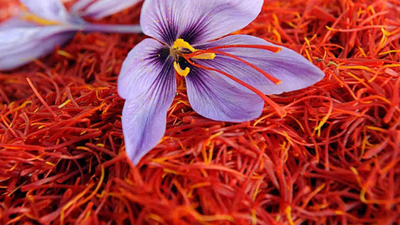
Saffron, derived from the saffron flower, is one of the world"s most expensive spices, renowned for its flavor, color, and aroma. It boasts antioxidant and anti-inflammatory properties and is primarily produced in Iran, followed by Spain, India, and other countries. The spice"s international trade is influenced by quality standards such as ISO 3632 and market demand. Countries with lower saffron production often rely on imports to meet consumption needs. Understanding market dynamics, including competitors and regulations, is crucial for successful saffron exportation. Conducting thorough research on target markets helps identify opportunities and challenges. Engaging with local experts and attending industry trade fairs can enhance market insights and networking opportunities. Proper packaging and documentation are essential for customer satisfaction and compliance with export requirements. Establishing business relationships in target countries can facilitate distribution networks while diverse marketing strategies can boost visibility.
-
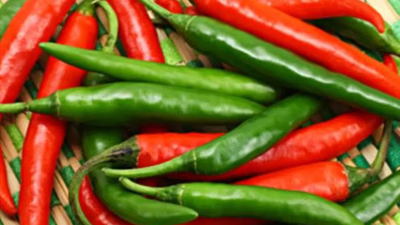
Pepper is a crucial spice in global trade, with production concentrated in countries like India, Vietnam, and Brazil. The annual global output ranges from 4-5 million tons, primarily exported to North America, Europe, Asia, and the Persian Gulf. The trade dynamics are influenced by various factors including quality standards, market demand, and consumer perceptions. Different types of pepper—black, white, red—each have unique properties and uses in the food industry. Quality assurance is vital; pepper must meet international standards for purity and packaging to ensure longevity during transport. Establishing strong relationships with producers and traders is essential for success in this competitive market. Innovations in cultivation and processing can enhance product value. Effective marketing strategies such as brand building and market analysis are necessary to navigate pricing and demand fluctuations.
Compliance with export regulations is critical to avoid legal issues. Understanding the specific needs of target markets will facilitate better trading outcomes.
-
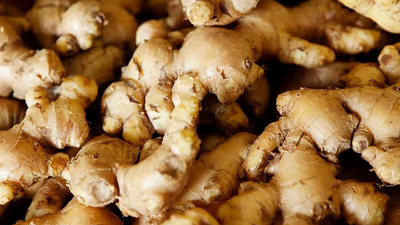
Ginger holds a significant position in the global spice trade, with major producers including India, Nigeria, China, and Thailand. The market for ginger has expanded due to its flavoring and health benefits, leading to increased demand across various industries such as food and beverages. As a versatile spice, ginger is utilized in baking, confectionery, and nutritional supplements. The growth of the ginger market is attributed to rising consumer awareness of its health properties and improved international trade infrastructure. However, challenges such as climate change impacts on productivity and trade regulations can affect supply chains. India stands out as the largest exporter of ginger globally, while other countries like Thailand and Brazil also contribute significantly to exports. The price of ginger fluctuates based on supply-demand dynamics, weather conditions, and economic factors. Additionally, specific regulations govern the export-import process of ginger, including quality standards related to moisture levels and packaging requirements. Understanding these factors is crucial for businesses engaged in the ginger trade.







